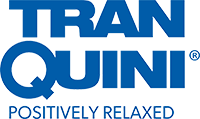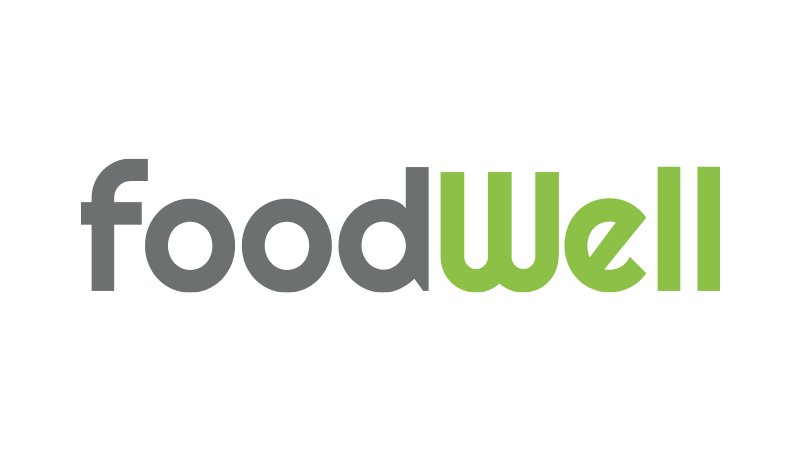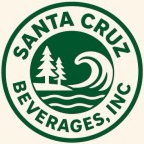
Introduction
China’s appetite for imported food continues to expand. According to the USDA Foreign Agricultural Service’s 2025 Food Processing Ingredients Annual Report, China ranked as the world’s second-largest food importer in 2024, with imports valued at USD 197 billion. A significant portion of this volume supported the country’s growing food processing sector. This scale underscores China’s position as one of the leading global destinations for high-value food products.
For exporters, this scale creates both opportunities and challenges. China’s food import regulations are complex and constantly changing. Errors in labeling, registration, or inspection can block market access. In August 2025 alone, China’s General Administration of Customs (GACC) rejected 617 batches of food imports, highlighting the risks of noncompliance.
This guide offers exporters, brand owners, and compliance teams a practical reference on China’s food import regulations. It outlines clear steps, best practices, and policy guidance to help ensure smooth market entry and ongoing compliance.
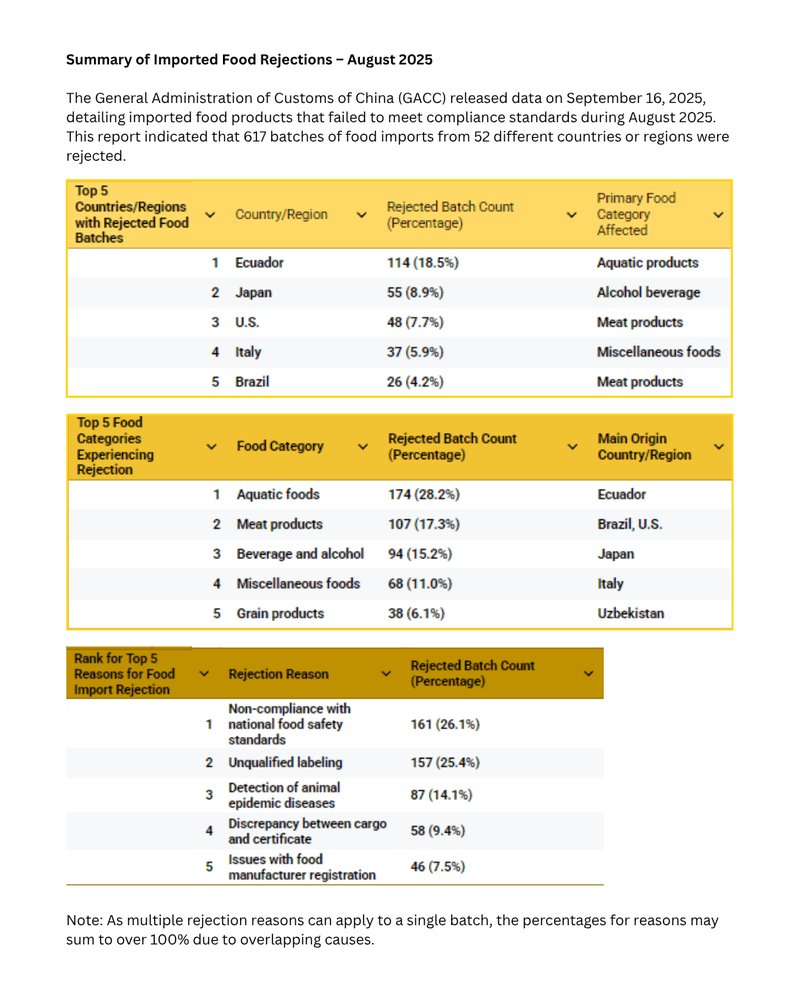
For a broader look at how policy changes are reshaping the industry, explore our guide on China F&B regulations, key updates, and strategies for international brands
I. Regulatory Landscape: Authorities, Laws & Foundational Decrees
China food import regulations rest on a layered framework of authorities, laws, and decrees.
Who Oversees Food Imports in China
The key agencies include:
- GACC (General Administration of Customs China): Manages customs, quarantine, inspections, and enforcement at ports.
- SAMR (State Administration for Market Regulation): Oversees labeling, packaging standards, and market surveillance.
- MOA / NHC / Other ministries: Provide sector-specific rules, such as for agricultural goods, health claims, or animal products.
These agencies coordinate to enforce China food import regulations via overlapping mandates. For example, GACC enforces inspections and labeling conformity at entry, but SAMR can fine for post-market violations.
Decree 248 & Decree 249: The Core Legal Backbone
Two key regulatory instruments form the basis of current China food import regulations. These took effect January 1, 2022, and exporters must follow both to comply. :
- Decree 248 (Administrative Provisions on Registration of Overseas Manufacturers of Imported Food) which requires foreign food producers exporting to China to register their manufacturing facilities and provide relevant audit and quality data.
- Decree 249 (Measures for the Safety Administration of Imported and Exported Food) governs inspection, quarantine, sampling, labeling, packaging, and recall procedures for imported food.
As of January 2025, GACC issued a draft amendment to Decree 248, proposing new exemptions, modified renewal rules, and adjusted registration criteria.
Because the amendment is still in draft form, exporters should monitor its finalization closely before assuming changes. Meanwhile, adherence to the original Decree 248 and 249 remains mandatory for China food import regulations.
If you’re still defining your overall market approach, read our breakdown of F&B go-to-market strategy in China to align your compliance work with commercial objectives.
II. GACC Registration: Requirements and Strategy
Under China food import regulations, facility registration with the General Administration of Customs China (GACC) remains one of the most critical steps before exporting to China. Every overseas food manufacturer must ensure their registration information in the China Import Food Enterprise Registration (CIFER) system is accurate, up to date, and compliant with the rules established under Decree 248.
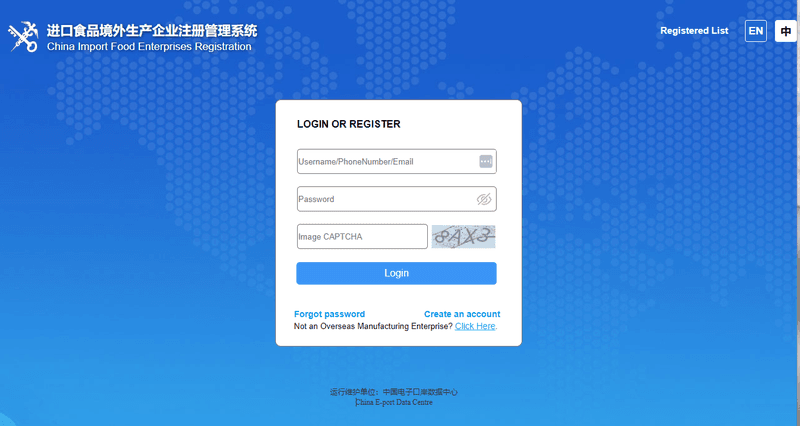
Overview of GACC Registration Requirements
Most high-risk food categories—such as meat, poultry, dairy, aquatic products, and infant formula—require approval through government-to-government channels. Exporters in these sectors must coordinate with their home country’s competent authorities (for example, FSIS or FDA in the United States). Other low-risk food products, including packaged snacks, beverages, coffee, and confectionery, may qualify for self-registration directly in the CIFER system.
To register, exporters must provide:
- Detailed facility information and production scope
- Valid national food safety licenses
- Quality management and traceability documentation
- Audit or inspection reports from the local competent authority
Registration approvals are valid for a set term, after which facilities must apply for renewal before expiry. Failure to renew can result in suspension or deletion from GACC’s approved exporter list.
Key 2025 Updates to the CIFER Self-Registration Process
On August 14, 2025, GACC amended the CIFER self-registration process to make registration faster and more transparent for low-risk food exporters.
1. New “Enterprise Commitment” Requirement
All applicants using the CIFER self-registration system must now complete an enterprise commitment form before submitting or modifying registrations. This form contains eight mandatory declarations, requiring facilities to confirm that:
- The applicant is the actual manufacturer or processor, not a trading intermediary.
- The facility is licensed and supervised by a competent food safety authority in its home country.
- It maintains a food safety and hygiene system aligned with Chinese standards.
- The company will cooperate with GACC reviews and voluntarily suspend exports if any food safety risk emerges.
These commitments introduce greater accountability, reducing risks of fraudulent or incomplete submissions. GACC may impose penalties for false declarations.
2. Removal of HS and CIQ Code Requirements
For most self-registered product categories, GACC has removed the need to specify HS or CIQ codes, simplifying the application process. This change minimizes the number of rejected applications caused by code misclassification.
The update applies to low-risk products such as:
- Nuts and seeds
- Alcoholic and non-alcoholic beverages
- Biscuits, pastries, sugars, chocolates, and candies
- Seasonings (excluding edible sugar)
- Roasted coffee beans, cocoa products, and fruit-based foods
Only a few categories, such as vegetables, tea, and grain-based products, still require HS or CIQ codes at the time of registration.
3. Streamlined User Interface and Data Display
GACC also improved the CIFER interface to make it easier for registrants to view approved products. A new “Comprehensive Query – Registered in China” function allows companies to verify their facility status, registration validity, and approved product types in real time.
These adjustments are part of GACC’s ongoing modernization of China food import regulations, designed to reduce administrative burdens while tightening data integrity and accountability.
Who Is Affected by the 2025 Amendments
The August 2025 amendment applies only to self-registration cases under Decree 248. It does not affect exporters whose registrations are handled by their national food safety authorities (for instance, exporters of meat, dairy, seafood, and infant formula). Those must still coordinate through the competent authority channel per GACC’s standard procedures.
For self-registered enterprises, however, this change signals a more efficient process and faster turnaround times—provided all documentation and digital commitments are accurately completed.
Practical Takeaways for Exporters
- Start early. Register at least 60 days before the intended shipment date to accommodate verification timelines.
- Double-check digital commitments. Inaccurate or missing declarations can result in application rejection.
- Use the CIFER “Comprehensive Query” function to track registration status and renewals proactively.
- Keep documentation consistent. The production license, food safety certificate, and registration details must align across systems.
- Train your compliance team. GACC’s new enterprise-commitment structure means exporters are now personally accountable for declarations.
III. Labeling, Packaging, & Compliance Requirements
Accurate labeling and compliant packaging are central to China food import regulations. Errors are frequent causes of rejection.
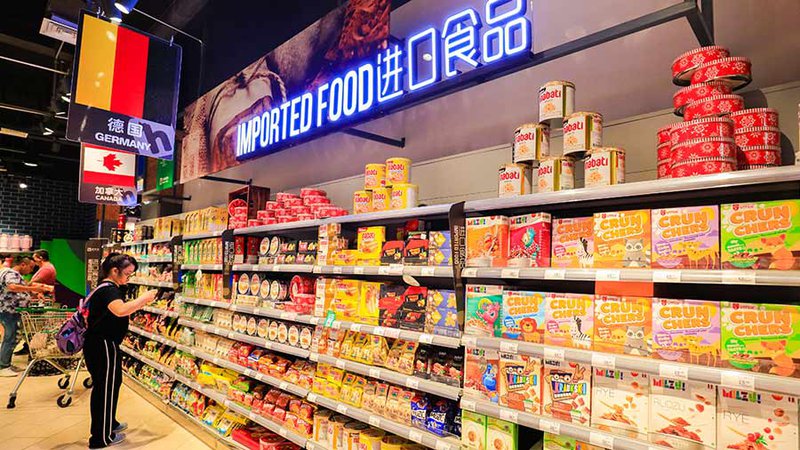
Core Labeling Rules
Every imported food label must include:
- Product name, ingredients, net quantity
- Production and expiration dates
- Manufacturer and importer details
- Nutrition facts, allergen disclosures
- Instructions for use, storage, and handling
All labels must be in Simplified Chinese; English is optional but helpful. For products manufactured after 2022, the GACC facility registration number may need to appear.
Decree 249 also mandates special packaging and labeling rules for perishable goods, storage conditions, and transit declaration.
2024–2025 Updates & Trends
In May 2025, GACC publicly flagged 428 batches of food imports as non-compliant in areas such as labeling and additive use. In August 2025, that rejection count rose to 617 batches, with labeling errors responsible for 16.6% of failures.
A best practice is to pre-clear label designs through local CIQ review before mass production. Exporters should especially watch:
- Inconsistent translations
- Missing GACC registration numbers
- Allergen omissions
- Packaging that fails to meet storage or transport requirements
IV. Customs Clearance & Inspection Processes
Compliance with China food import regulations extends into the inspection and customs stages.
Pre-Shipment Preparation
Before goods depart the export country, exporters must prepare:
- Bill of Lading or Airway Bill
- Commercial Invoice & Packing List
- Certificate of Origin
- Sanitary / Health certificates
- Labeling and packaging compliant with GACC rules
Incomplete or incorrect declarations often trigger rejections right at customs.
CIQ Inspection Workflow
Upon arrival, the process typically follows:
- Document review by customs and CIQ
- Sampling and laboratory testing
- Quarantine holding until test results arrive
- Release or rejection of the batch
Decree 249 requires GACC to publish an annual national supervisory sampling plan to guide inspection priorities.If a product fails, the importer may face re-inspection, fines, or import suspension.
Importer Responsibilities & Traceability
Non-compliance can bring severe penalties, market bans, or reputational damage.
Importers must:
- Keep audit-grade records of each batch
- Maintain traceability back to production
- Develop recall procedures
- Respond to regulatory requests for inspection
V. Product-Specific Considerations & Trends
China food import regulations apply variably across product categories. Here are key points to watch:
Meat, Poultry & Seafood
China is now the world’s top meat importer, with consumption rising steadily. New mandates require expiration date reporting in customs declarations starting April 2025.
Exporters must also preserve cold-chain logs, veterinary certifications, and batch traceability to meet rigorous inspection standards.
Dairy & Fermented Foods
Ongoing regulatory review is tightening bacterial limits and prescribing stricter additive usages. The 2025 draft amendments to Decree 248 may introduce changes to how fermented or UHT products are categorized and regulated.
Health, Functional & Specialty Foods
These often require additional registration with health authorities and labeling claims must meet China’s regulatory thresholds. For example, dosage instructions or ingredient limits must align with local rules or risk rejection.
Beverages & Additives
Beverage imports face rules on additive limits, flavor compounds, and content labeling. Alcohol imports must observe national excise and labeling laws as well. Novel food or ingredient imports may require safety evaluation ahead of entry.
To understand how leading brands adapt their portfolios to these shifts, check our analysis of how top F&B companies win in China with three proven strategies.
VI. Tariffs & Cost Optimization Strategies
Customs duties for food imports follow the CIF valuation method (Cost + Insurance + Freight). China has imposed retaliatory tariffs on U.S. agricultural exports in 2025, reaching up to 125% in some cases.
These strategies can materially reduce landed cost risk under China's food import regulations:
- Use FTAs with duty concessions (e.g. ASEAN, RCEP)
- Employ bonded warehouses to delay duty payment
- Accurately classify HS codes to avoid over-charging
- Source from lower-tariff countries when feasible
VII. Regulatory Trends & Foresight
- China’s regulatory posture is shifting toward digital traceability, AI inspection, and sustainability metrics. GACC’s 2025 draft of Decree 248 includes proposed exemptions, streamlined renewal, and expanded registration recognition.
- China is also imposing tighter rules on bulk edible oil imports, requiring stricter storage, transit, and customs declaration protocols under Announcement 147, 2025.
- Forward-looking exporters should track public comment periods for new GB (national standard) updates and factor digital systems (e.g. blockchain traceability) into their compliance roadmap.
For insights into flavor and innovation trends shaping product development alongside compliance, explore Global flavors driving F&B innovation in China.
VIII. Common Pitfalls & Examples
Even experienced exporters stumble. Key pitfalls include:
- Expired or lapsed registrations: In March 2025, more than 1,000 U.S. meat plants risked losing export access to China because their registrations were not renewed.
- Label errors: Missing registration numbers, translations, or compliance with packaging rules
- Mis-declared HS codes or missing permits
- Tariff shocks: abrupt retaliatory tariff hikes on U.S. agricultural products
Documentation mismatch: differences between certificates and actual cargo
Use a sample pilot shipment or small batch test to identify weak points early under China food import regulations.
IX. Strategic Advice for Exporters
To maximize success under China food import regulations, exporters should adopt a proactive, data-driven approach that integrates compliance into every stage of their China market strategy.
Key strategic actions to strengthen compliance and efficiency:
- Begin compliance early. Register facilities, prepare labels, and test logistics well before scaling exports. Early preparation prevents delays during CIFER verification and customs clearance.
- Use pilot shipments. Test small batches to observe real-world clearance behavior and identify bottlenecks in documentation, labeling, or customs inspection.
- Partner with local experts. Work with experienced regulatory consultants or import agents who understand GACC workflows and can liaise directly with customs officers.
- Digitize compliance tracking. Implement trade management or audit software to automate reminders for renewals, monitor GACC updates, and store export records.
- Establish feedback loops. Review customs feedback and inspection reports to continually refine product data, labeling, and supplier coordination.
This disciplined approach transforms compliance from a bureaucratic obligation into a business advantage. Exporters who consistently refine processes, leverage digital systems, and maintain transparent relationships with local partners can navigate China food import regulations more efficiently while building long-term credibility in the market.
X. Conclusion & Next Steps
Navigating China food import regulations is complex, but it is entirely manageable with structured preparation, clear documentation, and consistent oversight. Companies that invest in compliance readiness—accurate registration, labeling precision, and quality control—position themselves for sustainable market access in one of the world’s most dynamic food economies.
Next steps for global exporters:
- Monitor official sources such as GACC, SAMR, and the USDA Foreign Agricultural Service for real-time regulatory updates.
- Audit and update compliance systems every six months to stay aligned with the latest Decree 248 and 249 provisions.
- Engage Chinese market specialists for labeling verification, registration support, and port-level coordination.
- Leverage technology for automated document tracking, digital traceability, and AI-based inspection monitoring.
- Stay adaptable. Regulations continue to evolve toward sustainability, digital governance, and traceability.
FAQs
1. What are the main compliance requirements under China food import regulations?
Exporters must register their facilities through the CIFER system under Decree 248, ensure labeling meets Decree 249, and maintain traceable food safety documentation. Products must carry bilingual labels in Simplified Chinese and pass GACC inspections. Compliance with ISO 22000 and HACCP standards is often required, especially for high-risk categories like dairy, meat, and seafood.
2. What are the most common reasons for food import rejections in China?
According to GACC’s 2025 rejection reports, frequent causes include incorrect labeling, inconsistent documentation, and microbial contamination beyond safety limits. Many rejections also stem from translation errors or missing facility registration numbers. Regular audits and pre-clearance label checks help prevent these costly setbacks.
3. How should exporters handle a rejected shipment under China food import regulations?
When a shipment is rejected, the importer must first identify the specific reason through GACC’s report. Corrective steps include revising labeling, updating CIFER data, and resubmitting with the help of a local customs agent or compliance consultant. Keeping accurate batch records and traceability documentation ensures faster resubmission and resolution.
4. How can global brands stay updated with evolving China food import regulations?
China’s import rules are continuously refined to enhance traceability and safety. Exporters should monitor updates from GACC, SAMR, and the USDA Foreign Agricultural Service, and conduct internal compliance reviews every six months. Working with local experts and leveraging automated compliance systems helps brands stay ahead of regulatory shifts and maintain reliable market access.
Struggling with China food import regulations?
Navigating China food import regulations can be complex and risky. GourmetPro connects you with experts who know the process. If you want to avoid costly mistakes and achieve smooth market access, our network is here to help you get it right the first time.
Book a call with our team to discuss your China import strategy and move forward with confidence.


%206.png)
.svg)






.svg)



.svg)
.svg)
.svg)
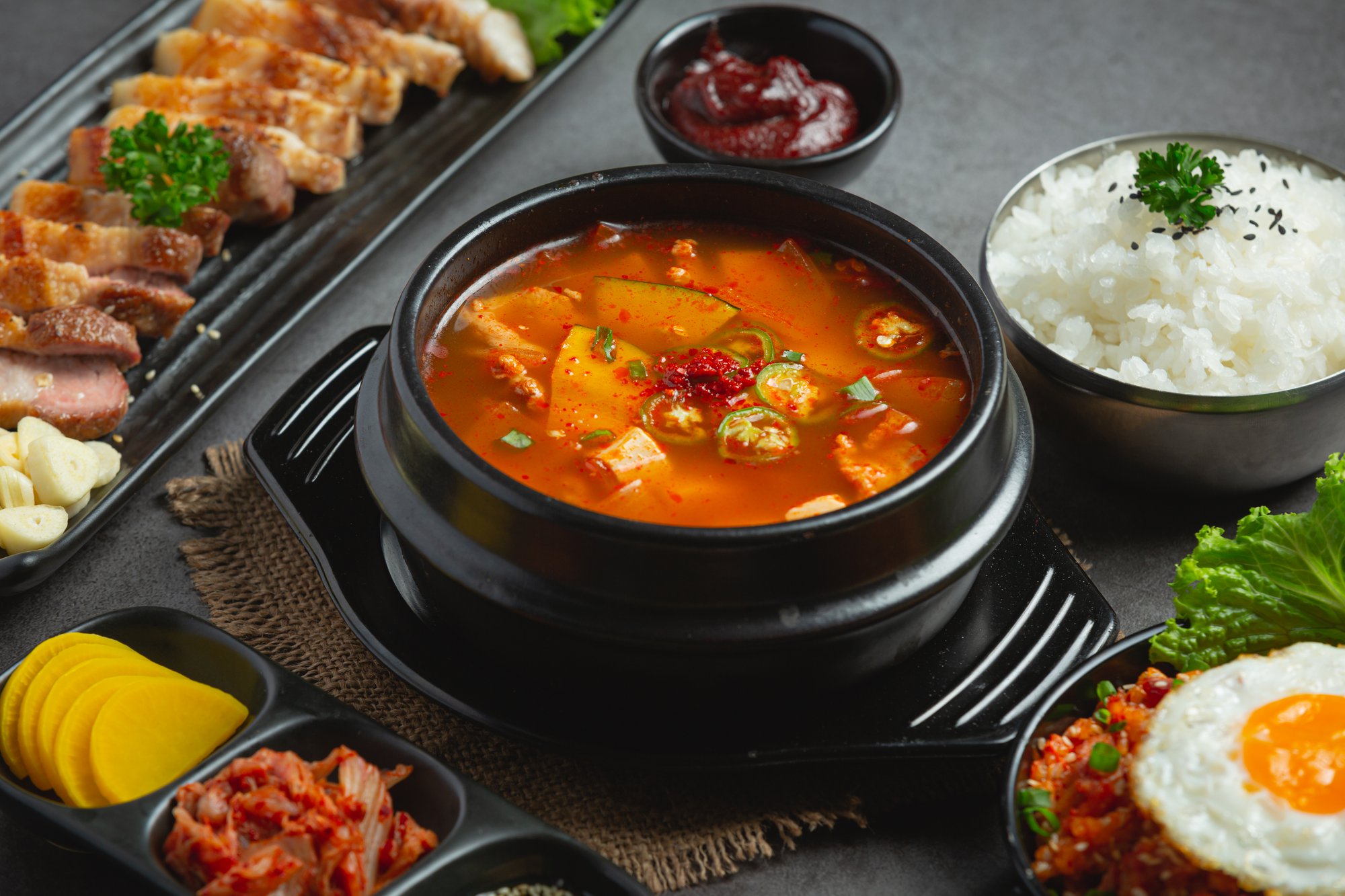
.svg)



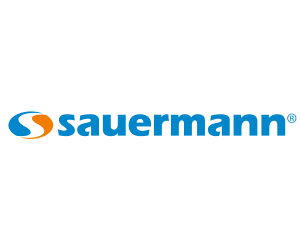



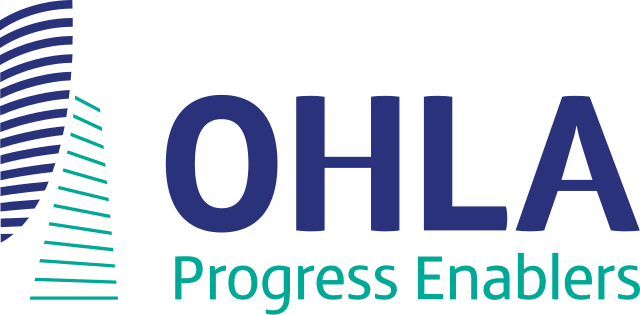
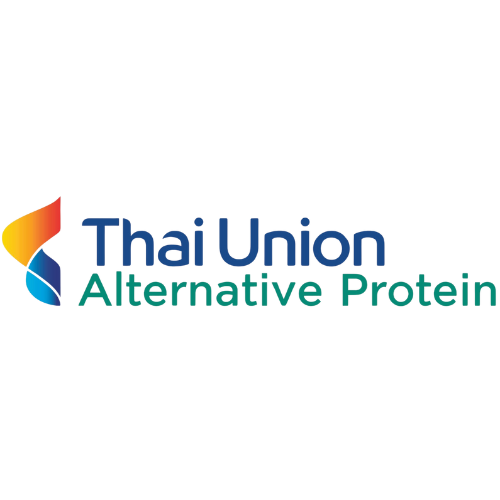

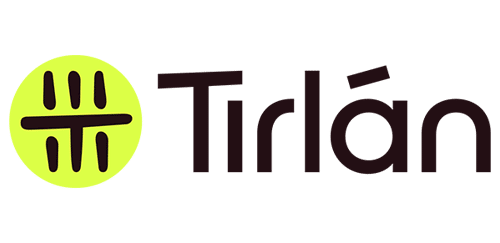

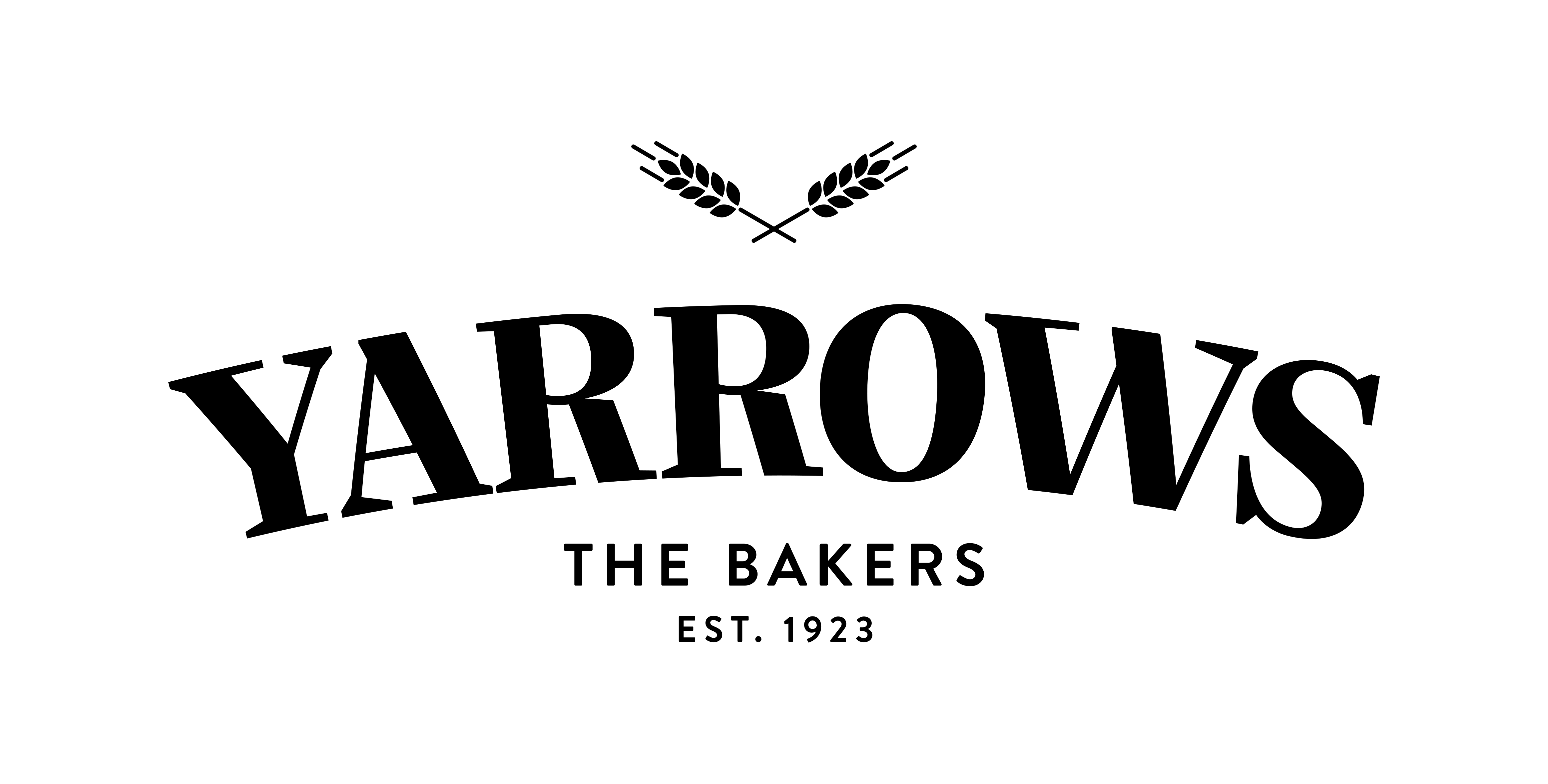
















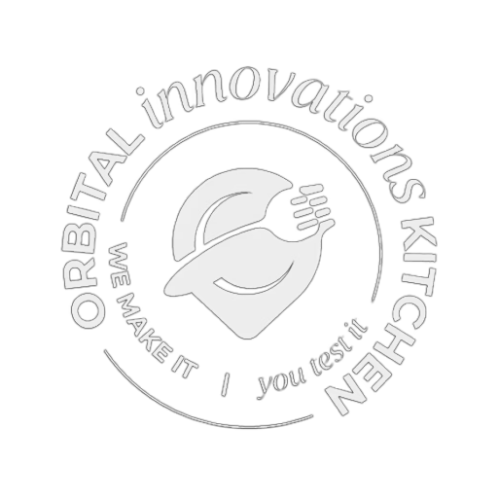
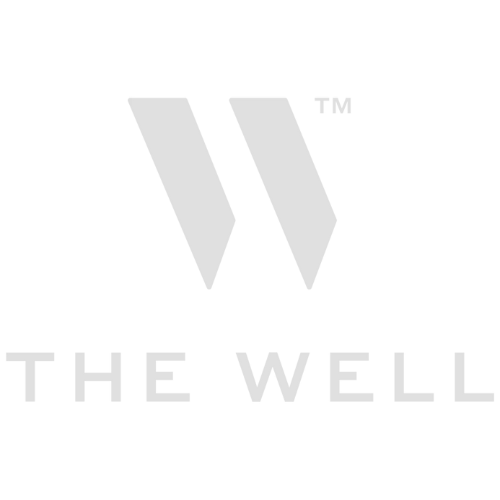









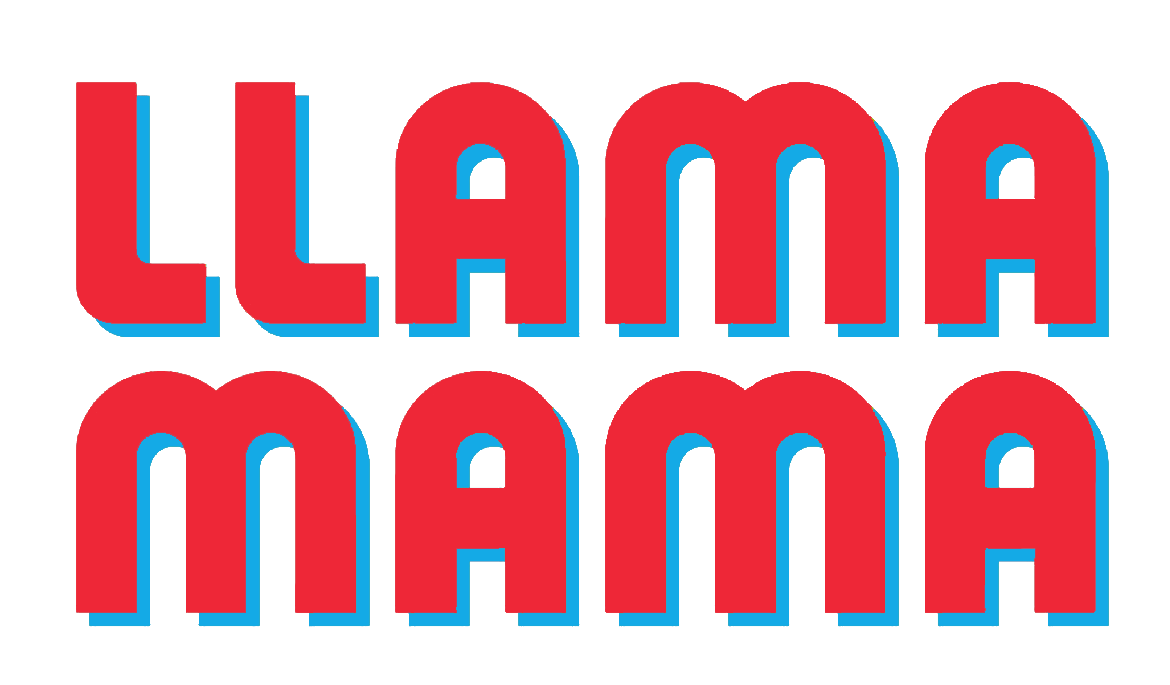








.png)






